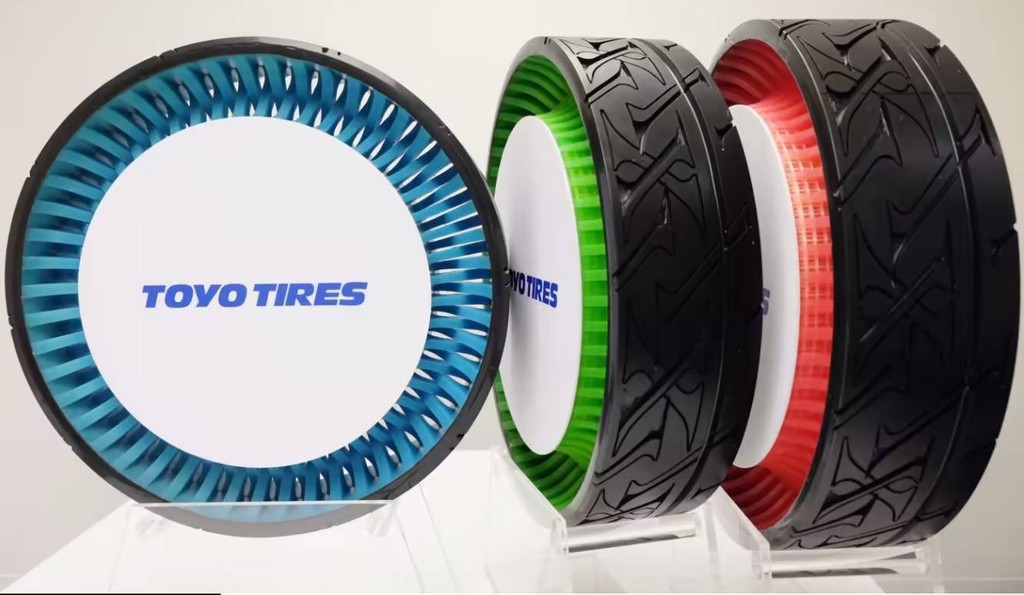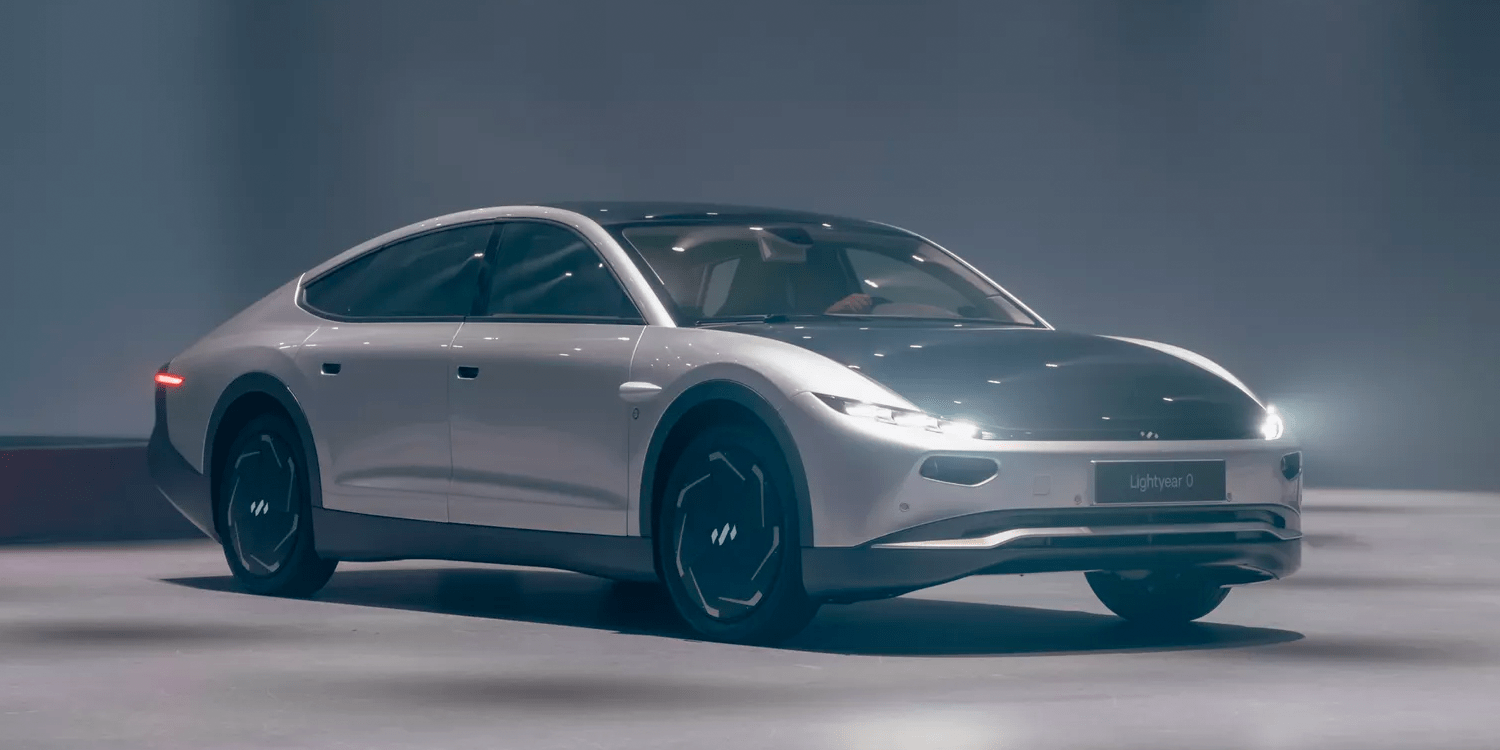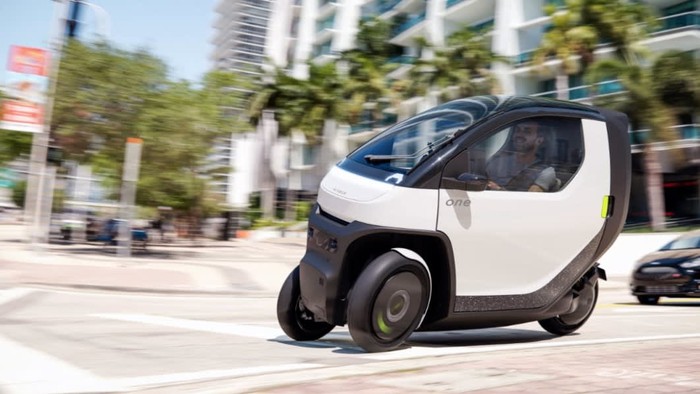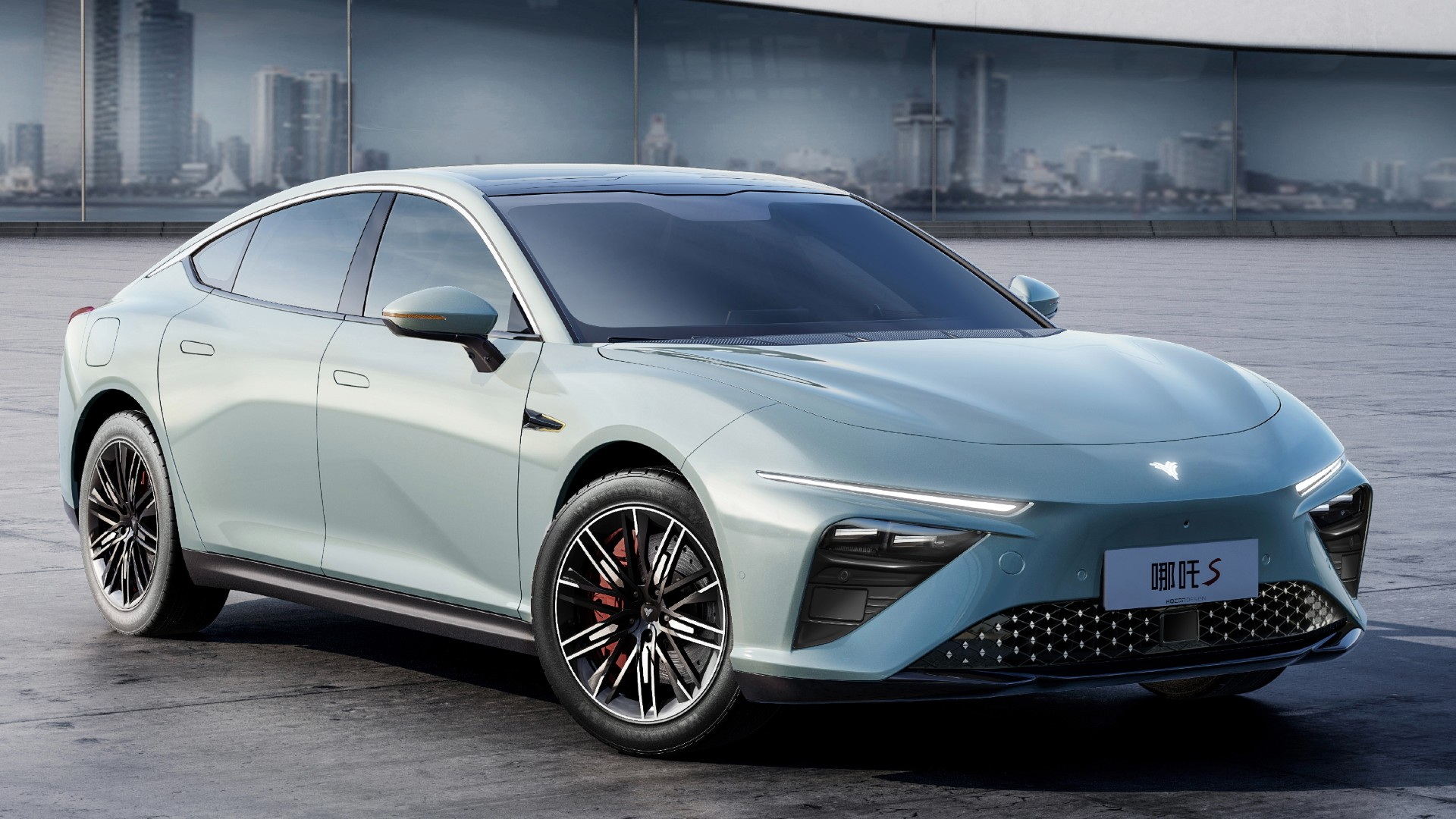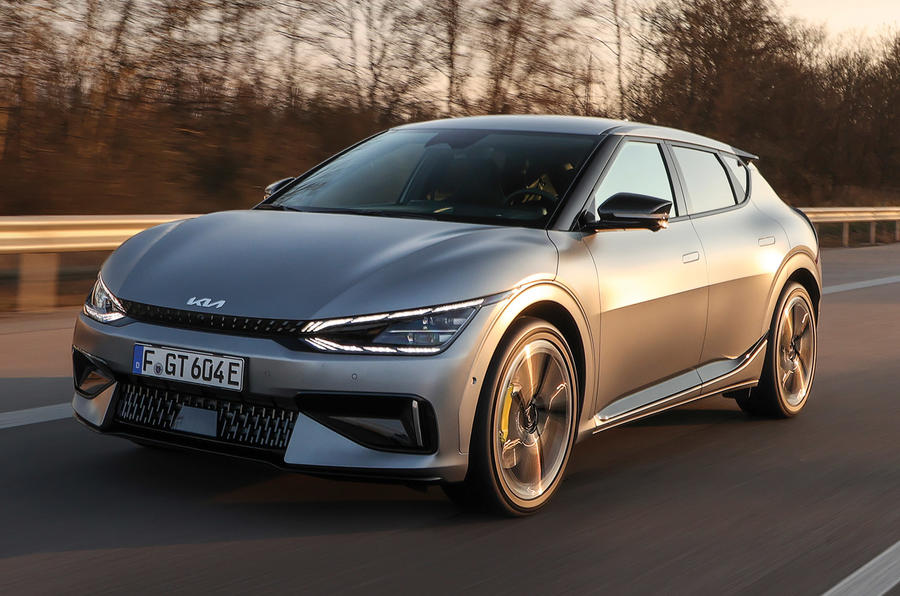The concept of airless tires for vehicles has been in development for nearly two decades. One of the tire manufacturers, such as Toyo Tires, also did not want to be left behind and introduced the concept of airless tires.
The accelerated growth of electric vehicles in the market has made the Japanese brand start to encourage the development of airless tire technology which they call ‘noair’.
The development of airless tires is clear to meet the need for more efficient tires for electric vehicles.
According to sources, airless tires offer many advantages for the automotive industry on a large scale. For example, of course a tire that never lacks air, will not deflate even if it leaks, and is still comfortable to use like a normal tire.
Airless tires are also considered maintenance free, so tires like this can increase the efficiency of energy or fuel use in electrified vehicles and internal combustion engine (ICE) vehicles.
In addition, unlike other types of bicycle tires that use foam or solid rubber as the basic construction of the tire itself. Airless tires use more plastic and fiberglass composites as a tire structure that replaces the function of the role of air in ordinary tires.
With such an engineering structure, according to Toyo Tires, this airless tire uses less rubber material.
Talking about the right tires for electric vehicles, Toyo Tires added, the importance of tires that have consistent properties. You could say it doesn’t change shape much, as for example in conventional tires which can be deflated when lack of air.
This is certainly related to the higher level of efficiency to be achieved in an electric vehicle that uses batteries and electric motors instead of ICE engines.
“When a tire loses air, it becomes flat and more of the tread touches the road surface. The wider tire tread creates a lot of traction, especially for high-performance cars. However, it can also create high rotational resistance,” said Toyo Tires.
The high rotational resistance of tires can drastically reduce energy efficiency. The results of a study from the US Department of Energy say 4-11 percent of the energy in ICE vehicles is used to overcome the rotational resistance of the tires.
Meanwhile, for electric vehicles, the figure is even greater, namely 25 percent. This means that airless tires are an important component as well as an answer to these problems.
In the future, electric vehicles are also predicted to be available in more models and variants, which means that there will be an electric car with larger dimensions and weight, making tire manufacturers need to develop airless tires further, in this case in terms of durability.
“If manufacturers can figure out how to make tires more durable and compatible with electric vehicles, the efficiency and cruising range will be even higher. According to the US Department of Energy, only by reducing rotational resistance by 10 percent, you can get an efficiency rate of 3 percent,” explained Toyo Tires.
In addition, Toyo Tires said that airless tires are also considered to be more environmentally friendly. Due to the use of less rubber material, these airless tires are also in line with Toyo Tires’ carbon neutral target.
The use of thermoplastic resin materials is also considered easier to recycle. However, specifically for this one, Toyo Tires said that it needs deeper development, besides that they are also preparing various supporting facilities such as a production plant.

